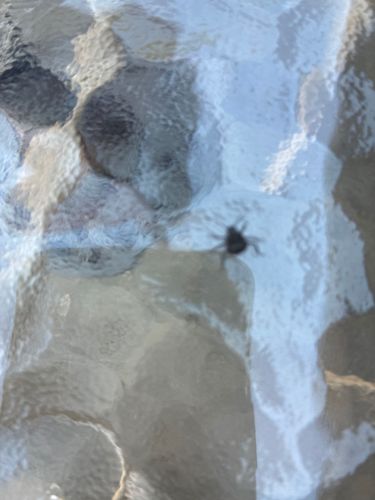Mite
Scientific Name: Acari (subclass)
Order & Family: Order Acari (often treated as a superorder now), comprising multiple families within.
Size: Typically microscopic to a few millimeters (0.1 mm to 10 mm)

Natural Habitat
Mites are found in almost all habitats, including soil, water, plants, animals, and human dwellings.
Diet & Feeding
Mites exhibit a diverse range of feeding habits including plant sap, decaying organic matter, fungi, other small arthropods, and animal blood/tissue for parasitic species.
Behavior Patterns
Mites have a complex life cycle involving eggs, larvae, nymphs, and adults. Many mites are free-living, but some are parasitic. Their behavior patterns vary widely depending on the species and its ecological niche.
Risks & Benefits
Risks include being agricultural pests, causing allergic reactions in some humans (e.g., dust mites), or being vectors for diseases (less common than ticks but some exceptions exist). Benefits include roles as decomposers in soil and predators of pest insects.
Identified on: 8/31/2025